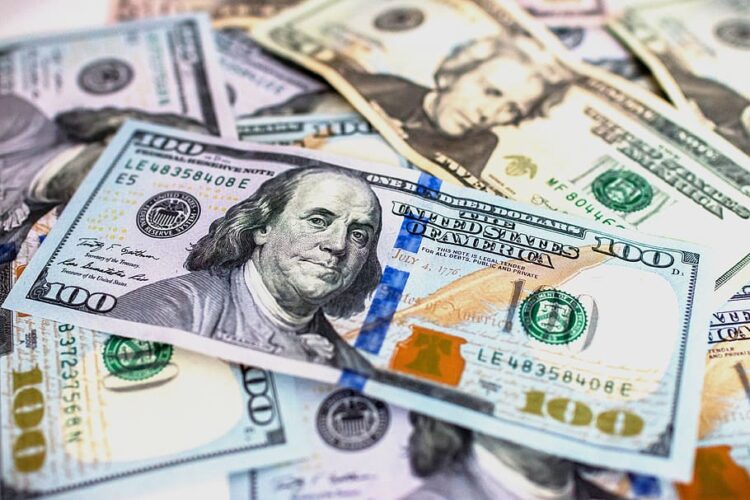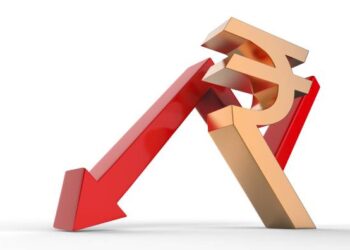In the last week of July, India’s forex reserves increased to their highest level in three weeks, boosted by strong capital inflows and the rupee’s sharp decline from 80 per dollar to below 79.
According to the Reserve Bank of India’s weekly supplementary statistical data, forex reserves increased by $2.315 billion in the week ending July 29 to $573.875 billion, up from $571.560 billion the previous week.
This is the highest level of foreign exchange reserves in three weeks, breaking a four-week downward trend.
The Reserve Bank of India has depleted the country’s forex reserves in an attempt to shore up the rupee by selling dollars in the spot and futures markets, particularly since Russia invaded Ukraine and the rupee plummeted to 77 per dollar for the first time in history, before plummeting further to breach 80 against the greenback, its all-time low.
While the rupee has dropped significantly from around 74 per dollar at the start of the year, the RBI’s intervention has helped keep the currency from falling even further and more dramatically.
The RBI, for its part, has stated that it is willing to go to any length to stabilize the rupee. Indeed, RBI Governor Shaktikanta Das stated, “you buy an umbrella to use when it rains., indicating that the central bank is using foreign exchange reserves to deal with currency volatility.
The recent strengthening of the rupee has aided the latest reversal in India’s import cover. The currency hit a one-month high on Tuesday, trading below 79 cents on the dollar as a result of significant capital inflows in recent days and as the greenback stumbled on easing bets on aggressive Federal Reserve monetary action amid recession fears.
In July, foreign institutional investors became net buyers of Indian assets for the first time in a year. This trend has continued, easing the rupee’s and the country’s import cover.
Indeed, after nine months of relentless selling, foreign investors turned net buyers in July, investing nearly 5,000 crore in Indian equities on the back of a weakening dollar index and strong corporate earnings.
This is in stark contrast to the stock market’s net withdrawal of 50,145 crore in June. According to depositories, the July reversal was the highest net outflow since March 2020, when foreign portfolio investors (FPIs) pulled out 61,973 crore from equities.
FPIs became net buyers for the first time in July, following nine months of massive net outflows that began in October of last year.
They sold a massive 2.46 lakh crore in Indian equity markets between October 2021 and June 2022.
The recent shift in international investor sentiment toward Indian assets could be a reversal of a deep sell-off in Indian equities, and many experts see this as a market turning point.
“This gives us a positive signal that things may not be that bad for foreign investments in equity markets,” Madan Sabnavis, Chief Economist at Bank of Baroda, had told NDTV.
“If this trend continues, it could be a turning point for the equity markets; it would also help the rupee as foreign outflows pulling out money has been dragging rupee,” he had added.
That is good news for India and the country’s war chest at a time when other smaller economies are facing a crisis due to low forex reserves.
During the week ending July 29, the country’s foreign currency assets (FCAs) increased by $1.121 billion to $511.257 billion, while gold reserves increased by $1.14 billion to $39.642 billion.
FCAs account for a significant portion of total reserves; they are expressed in dollar terms because the greenback is considered the world’s reserve currency and take into account the rise and fall of non-US currencies held in FX reserves, such as the euro, sterling, and yen.
On Friday, the RBI raised its key lending rate by 50 basis points, which was higher since 2019, and hinted at more steps to stabilise inlfation and the rupee.
Source:ndtv








 Finance
Finance







